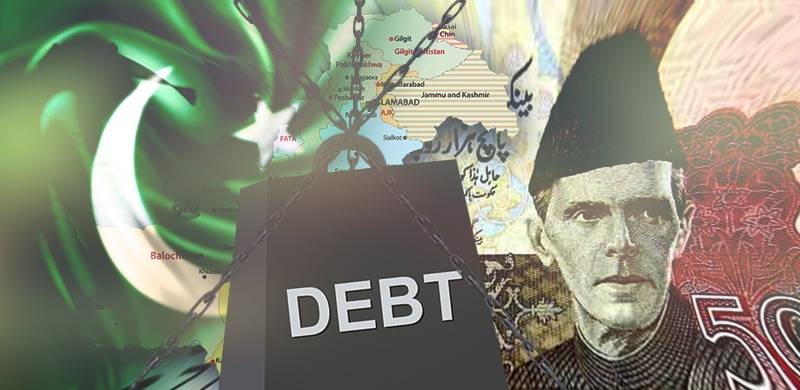
The harrowing collage that Pakistan is at a complete economic meltdown is haunting every blue-blooded Pakistani. In my opinion, there may still be a ray of hope.
There is no denying that there simply exist too many problems in too many economic spheres. We are battling with low tax collection, existence of a parallel and gray economy, ad-hocism in monetary policy, increasing poverty, high unemployment, the malaise of corruption, and so forth. However, there are chances of recovery if these issues are managed, from here onwards, in an inclusive, pro-active, and interactive way.
Apart from the above, there are some dormant problems as well. A serious economic problem that has never been addressed is galloping population growth. For example, even if we double our GDP, the population doubles as well, and the per-capita income ends remaining the same. Countries like China have managed this issue. However, in Pakistan, taboos of religion have impaired governments from taking this issue head-on.
Another irony of the politico-economic crisis is that, over the last 75 years, we have tried every method to fight economic problems, but in vain. Nothing has worked including martial law, parliamentary democracy, and the presidential system. It may sound utopic, but we need to get all stakeholders around one table and focus on the “common man”. All stakeholders includes political parties, media, bureaucracy, army, judiciary, establishment, civic society, friends of Pakistan, donor and lender agencies, and so forth. We need to define the “common man” and the focus needs to be, “betterment of the common Pakistani.”
Ever since 1947, another economic crisis has been the flight of human capital towards better prospects. Sadly, in the last five years or so, this effect has multiplied and we are again facing brain drain in very large numbers. This is a broader issue which encompasses factors like quality of life, safety and security, and other incentives to relocate to Pakistan. Even if there is no physical brain gain, we need to have more inward home-remittances.
In a manner of speaking, the IMF may be a problem in itself. Pakistan has entered IMF programs more than 20 times. Whilst other countries have tightened their belts and “graduated” from such support systems, we have never been able to sever the umbilical cord. It might be a harsh suggestion, but maybe we should not be bailed out by “friends of Pakistan” and other lending agencies in the future. The resultant “free fall” may teach us some harsh realities but make us stronger in the long term. Including India, there are many examples of countries that operated as “closed economies” for many years before they achieved self-sufficiency.
Because of sluggish exports, nearly zero FDI, dwindling home-remittances, drying up of loans and grants from friendly countries and other creditors, and slow progression on privatization, dollars are not coming into the economy, and there is supply-side pressure on the dollar. However, dollar demand remains high for factors such as paying for imports, Pakistanis venturing for tourism, our students studying abroad, and speculation and hedging. This shortage of dollars and mismatch between dollar demand and supply keeps the dollar parity high and buoyant.
The above mentioned demand-supply mismatch will have to be treated as a “bundle of issues”, which requires to be managed pro-actively, creatively, with consensus, and interactively. A target USD price will need to be kept in mind. Inputs (mentioned above) in the dollar equation, will have to be tweaked so that PKR/US$ parity remains within a spectrum, a range. Uncertainty is a detriment in general, and has adverse impact on budgeting, planning, and business management, in particular.
Pakistan has historically been very weak in the implementation of plans. For instance, the world-famous “five-year plans “developed by Dr. Mahboob-ul-Haque in the era of the 1970s, were shelved by our governments. These same plans were implemented by small far-eastern countries. This, on-the-ground implementation, gave rise to the Asian tigers such as Taiwan and Thailand. We simply need to and have to implement our plans and policies.
To this day, Pakistanis work in large numbers at Bretton Woods organizations like the IBRD (World Bank), IFC, and others. There are many painstakingly developed plans that are at the finger-tips of, and available to these people. Our governments have not been able to implement them. My point is that we are facing not a problem of planning, but a problem of execution.
I am far from being an expert on the economy, or on management of businesses. However, I do have a suggestion. We need to treat governance as a business. Under key performance indicators such as inflation, we need to have weekly, monthly, quarterly, and annual targets. Actual performance needs to be monitored against these targets, and adjusted according to need. Haphazard governance will have haphazard outcomes.
Implementation plans, methods, and governance models can be imported from comparable countries like Sri Lanka and Bangladesh. These can be tailored to Pakistan’s needs and can serve as a starting point.

